Basilica of Santa Sabina Colosseum Rome Tickets

Santa Sabina, Rome, Italy (exterior) Byzantine Architecture, Roman History, Art History, School
1843 engraving by Luigi Rossini. The 18th and 19th centuries were generally unkind to Santa Sabina. The building threatened collapse, which required several of the windows of the nave to be walled up in 1729. The Roman Republic instated by the Napoleonic forces confiscated and sold the complex in 1798.
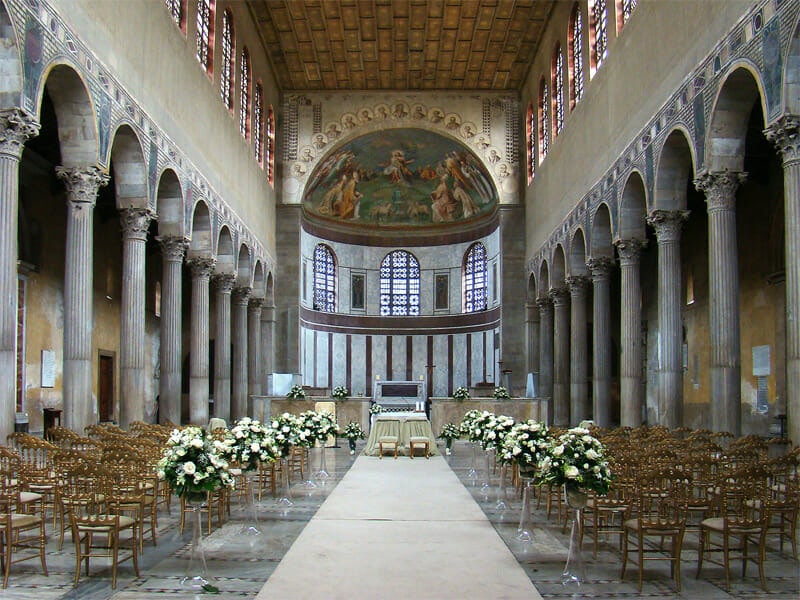
Churches in Rome Basilica Santa Sabina in Rome
Santa Sabina, Rome. Basilicas—a type of building used by the ancient Romans for diverse functions including as a site for law courts, is the category of building that Constantine's architects adapted to serve as the basis for the new churches. The original Constantinian buildings are now known only in plan, but an examination of a still.
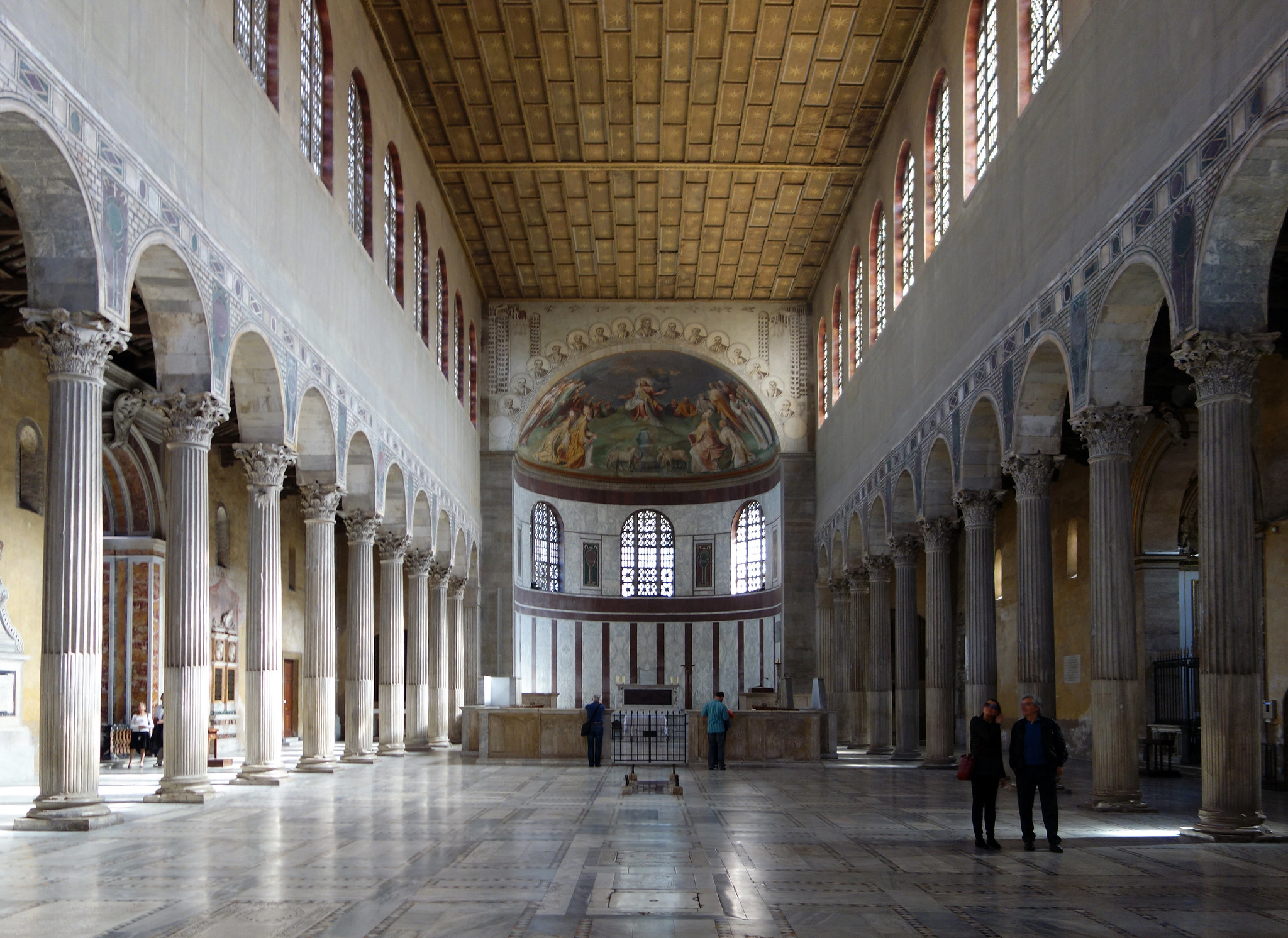
» Basilica of Santa Sabina, Rome
The Curia. The church and convent of Santa Sabina on the Aventine hill in Rome have been home to the Order of Preachers (Dominicans) since the 13th century. At that time the church and associated buildings formed part of the holdings of the Savelli family. A Savelli Pope, Honorius III, approved the Order in 1216.

De Basilica di Santa Sabina in Rome groots in haar eenvoud Cosiddetto
The Basilica of Santa Sabina was founded by the Roman presbyter Pietro d'Illiria during the pontificate of Pope Celestine I (422-432) and consecrated a few years later by Pope Sixtus III (432-440). Despite the interventions over the centuries, it retains its solemn and austere character of the late antiquity cult buildings, of which it is an extraordinary example.

8 Amazing Things to do in the Aventine Hill in Rome
The Basilica of Santa Sabina was built by Peter of Illyria during the reigns of Popes Celestine I and Sixtus III, as testified by the magnificent golden mosaic inscription opposite the apse.. it is decorated in some parts with a mosaic. It is Rome's only surviving mosaic tomb, dating from around 1300. The portal is a magnificent door made of.
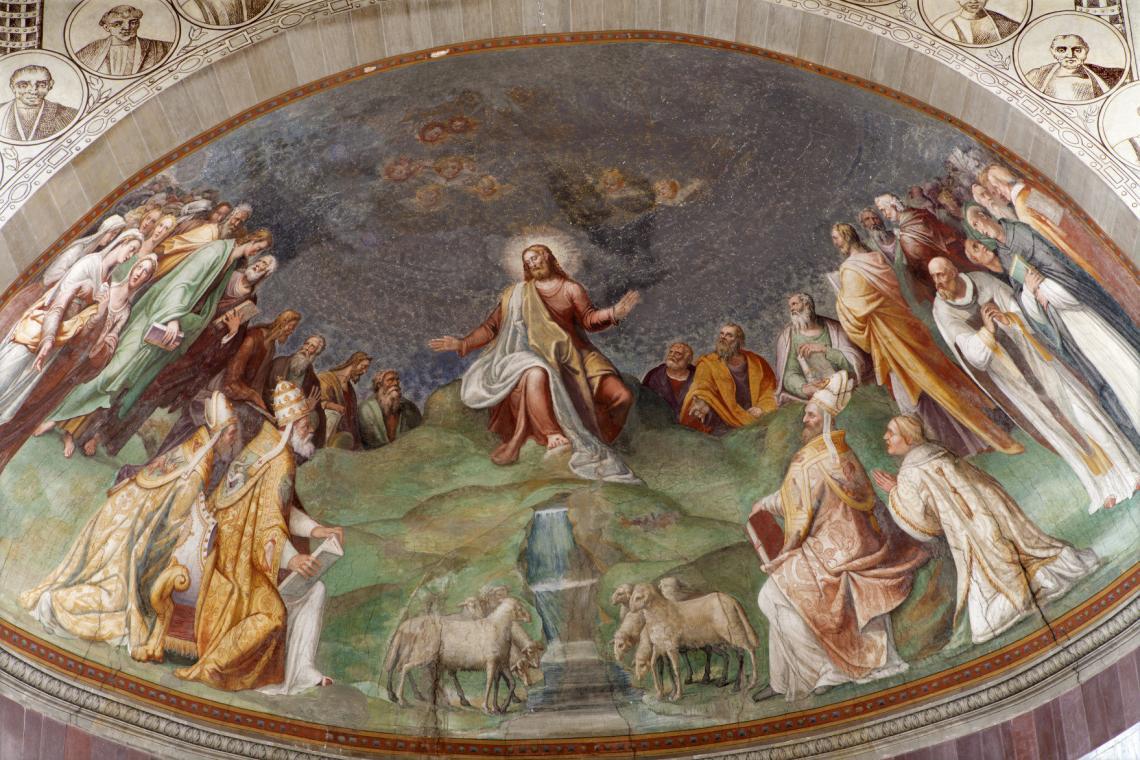
Basilica of Santa Sabina Colosseum Rome Tickets
Like the Trier basilica, the Church of Santa Sabina has a dominant central axis that leads from the entrance to the apse, the site of the altar. This central space is known as the nave, and is flanked on either side by side aisles. The architecture is relatively simple with a wooden, truss roof. The wall of the nave is broken by clerestory.
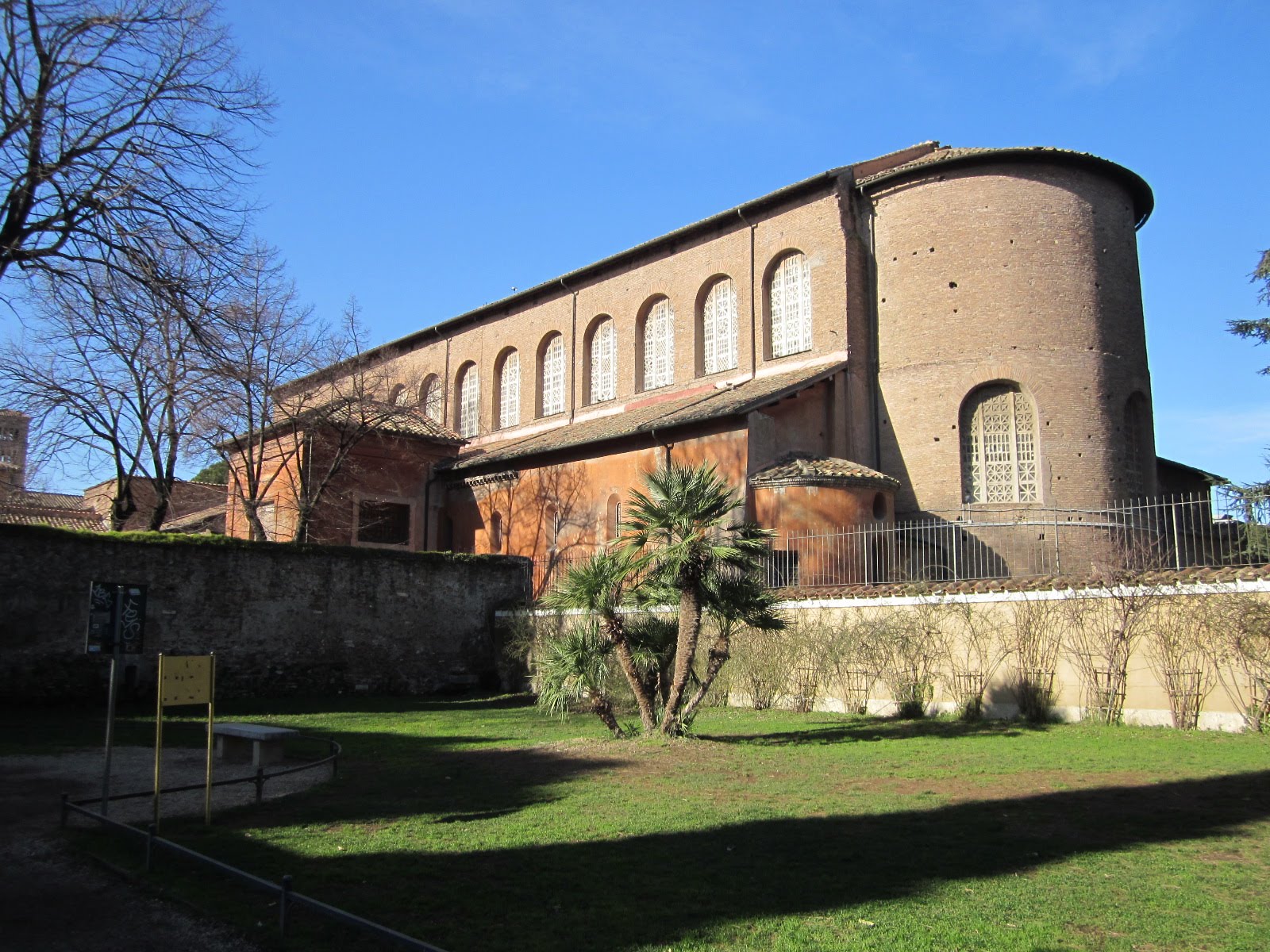
Sights of Rome (3) Basilica of Santa Sabina
Basilica of Constantine (also known as the Aula Palatina), 4th century C.E., Trier, Germany (photo: Kleon3, CC BY-SA 4.0) Like the Trier basilica, the Church of Santa Sabina has a dominant central axis that leads from the entrance to the apse, the site of the altar. This central space is known as the nave, and is flanked on either side by side.

Basilica of Santa Sabina Christine Loves to Travel
The Basilica of Santa Sabina, perched atop Rome's Aventine Hill, offers a glimpse into early Christian architecture. Built in the 400s, it repurposes the basilica, a Roman administrative structure, into a space for worship. Its design, including a longitudinal axis and large interior, accommodates many people and focuses attention on the altar.
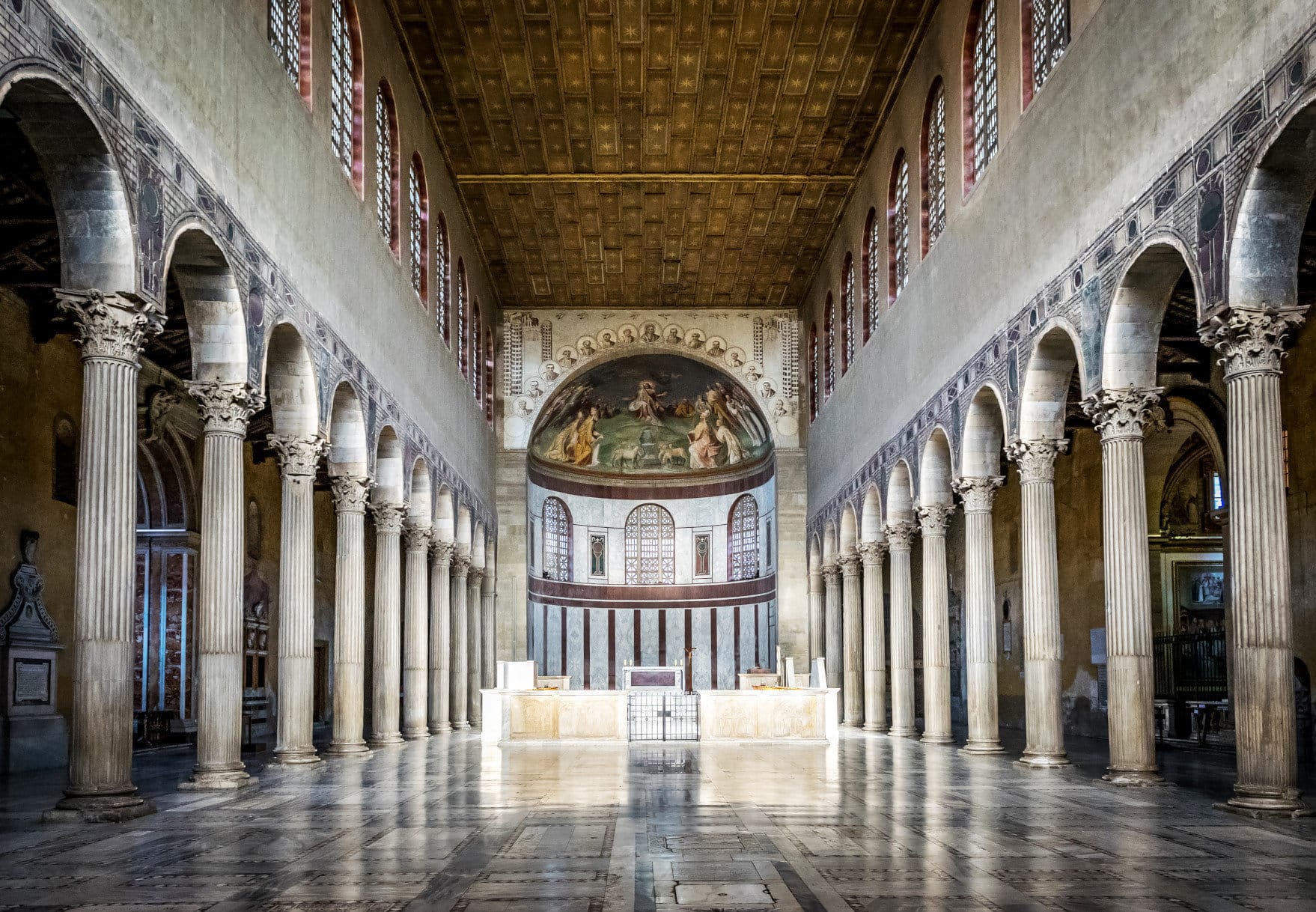
Basilica of Santa Sabina Colosseum Rome Tickets
Santa Sabina, Rome. Built in 422 AD, Santa Sabina is widely considered the best example of an early Christian church in Rome. It has a similar design to the great basilica of Sant'Apollinaire Nuovo in Ravenna, which was built later. Although few of its mosaics survive, Santa Sabina is famed for its 5th-century wooden doors carved with biblical.
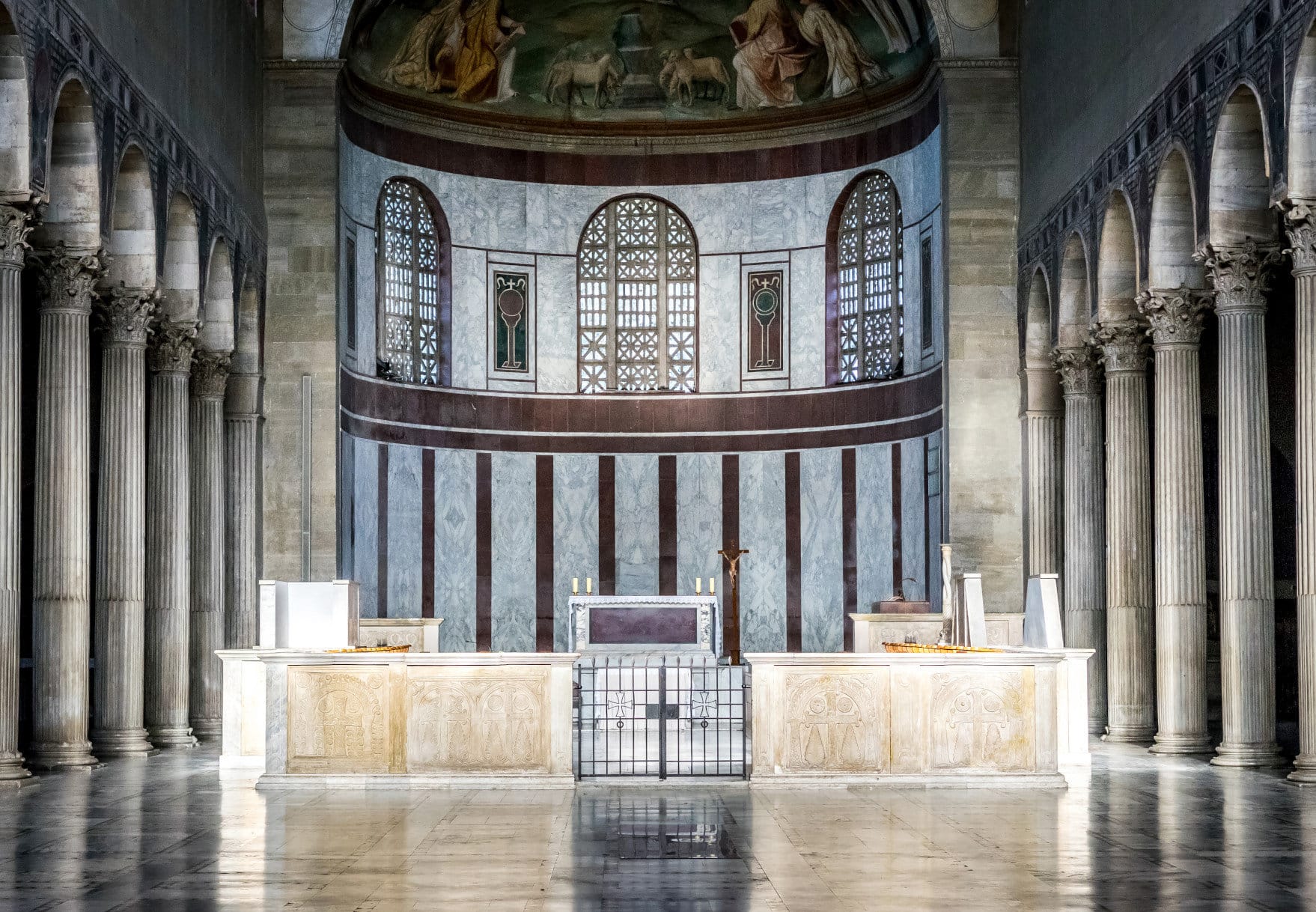
Basilica of Santa Sabina Colosseum Rome Tickets
The Basilica of Saint Sabina (Latin: Basilica Sanctae Sabinae, Italian: Basilica di Santa Sabina all'Aventino) is a historic church on the Aventine Hill in Rome, Italy.It is a titular minor basilica and mother church of the Roman Catholic Order of Preachers, better known as the Dominicans.. Santa Sabina is the oldest extant ecclesiastical basilica in Rome that preserves its original colonnaded.
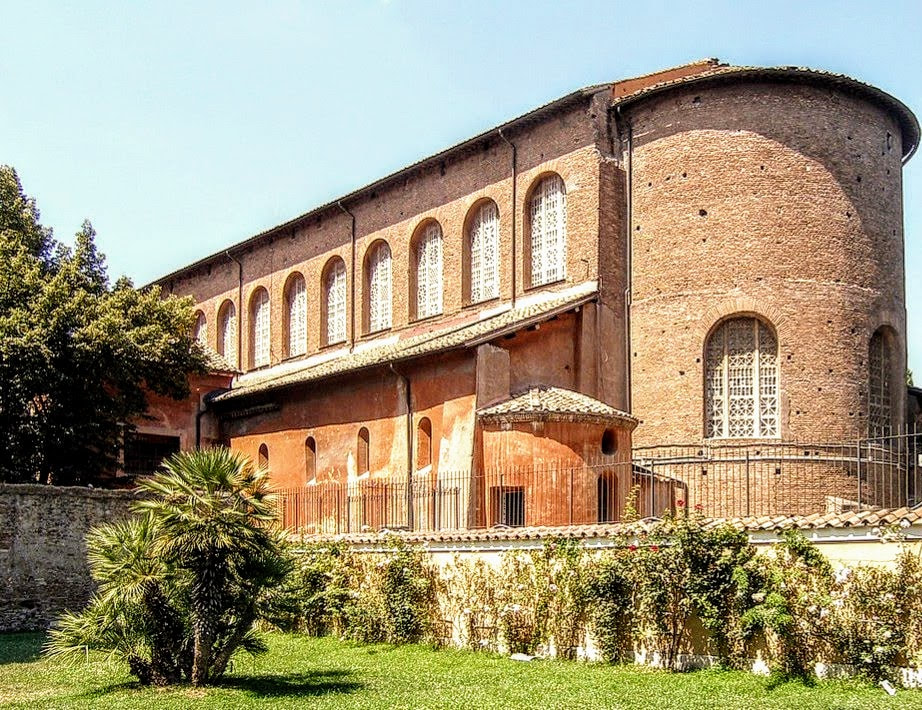
The church of Santa Sabina in Rome Walks in Rome (Est. 2001)
The ancient church of Santa Sabina was built by Peter of Illyria, a bishop from Dalmatia, during the reign of Pope Celestine I (r. 422-32).The church stands on the site of the Titulus Sabinae, the house-church of a Roman matron by the name of Sabina, who is believed to have been martyred during the reign of the emperor Hadrian (r. 117-138). In the early 13th century, Santa Sabina was granted.
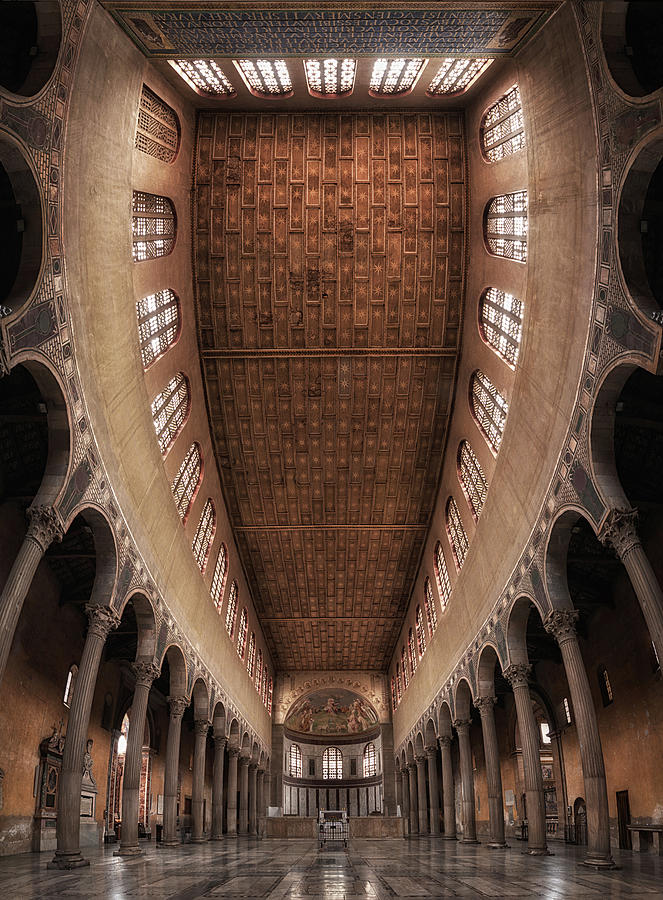
Santa Sabina Church, Rome. Photograph by Massimo Cuomo Pixels
The Church of Santa Sabina in Rome, Italy has spent the majority of its life as a place of worship, first for the Catholic Church Itself and later under the ownership of the Dominicans. However, it has had other uses too, and the St Sabina Rome visitors would remember in the late 1800s was a lazaretto , a place for quarantining those arriving in Rome by sea.
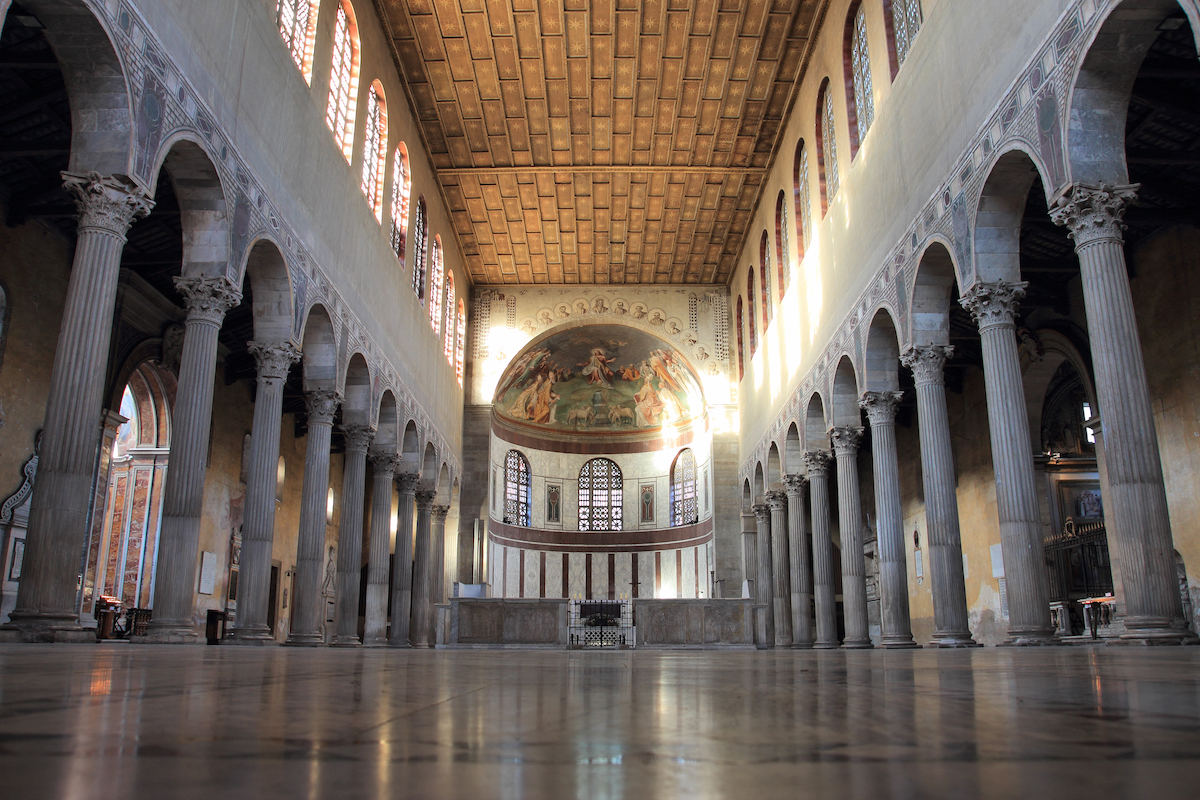
Hidden Gems of Italy Basilica of Santa Sabina in Rome ITALY Magazine
The community of Santa Sabina lives in a convent of great historical and artistic value, located on the Aventine Hill. The site became linked to the Dominicans in 1219 when it was entrusted to Dominic by Pope Honorius III. About thirty Dominican friars reside there. Most of them work for the General Curia of the Order of Preachers and accompany.
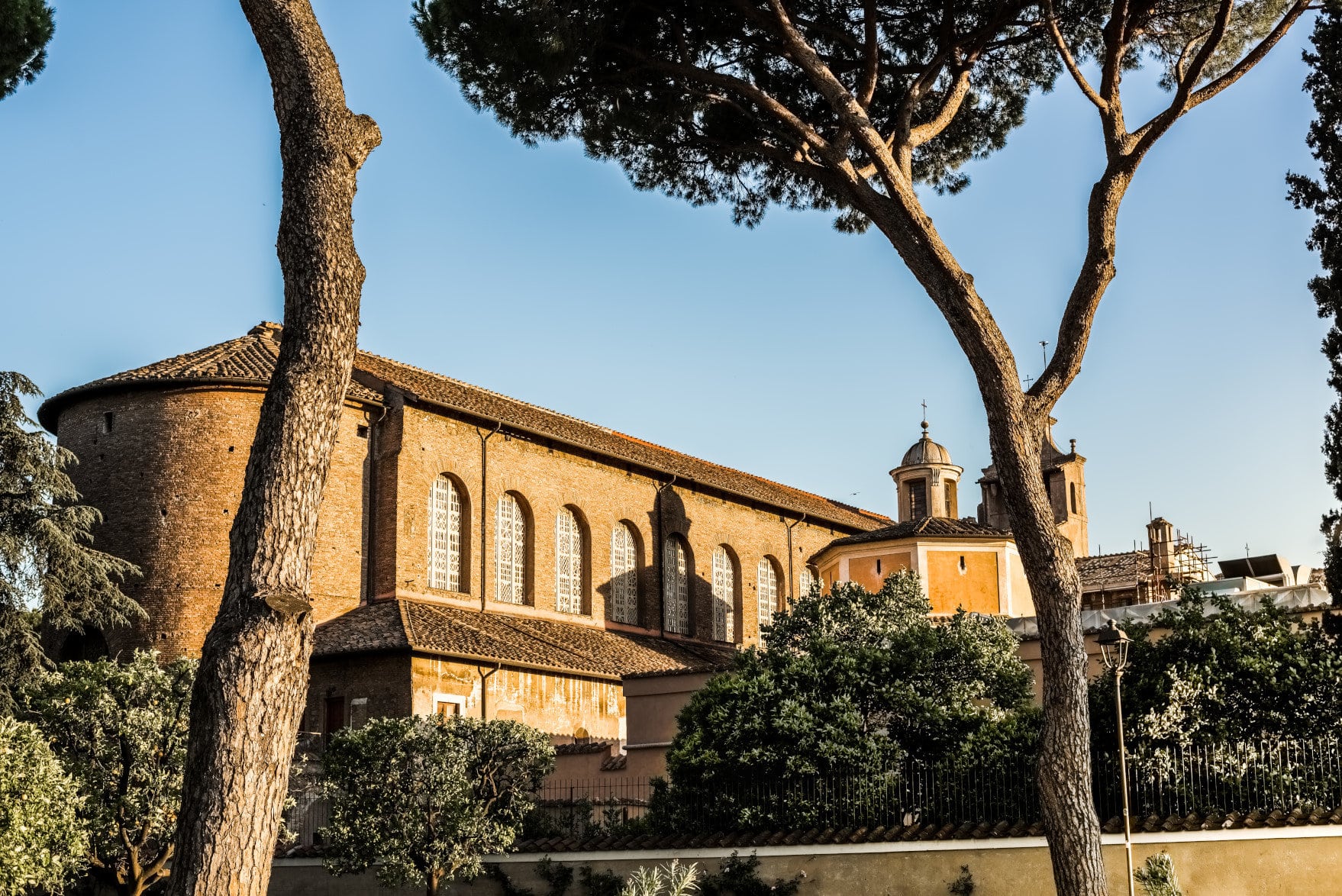
Basilica of Santa Sabina Colosseum Rome Tickets
The Basilica of Santa Sabina was built by one Peter of Illyria during the reigns of Popes Celestine I (422-432) and Sixtus III (432-440), as testified by the magnificent golden mosaic inscription.

The stunning ancient basilica Santa Sabina on the Aventine is rarely crowded and a perfect
Santa Sabina: The oldest extant basilica in Rome. J-P Mauro-published on 10/11/19.. When Rome was still pagan, a basilica (from the Greek for "king's hall") was a government building.

Santa Sabina in Rome Wandering Italy Blog
Basilica of Santa Sabina. After a first walk up the Aventine, along the road of the same name, the splendid, ancient basilica of Santa Sabina rises in the square named after Peter of Illyria, the monk who founded the church and the convent.Sabina was a rich matron of Avezzano, who lived in the 4th century, beheaded under the Emperor Vespasian, or perhaps Hadrian, because she had been converted.